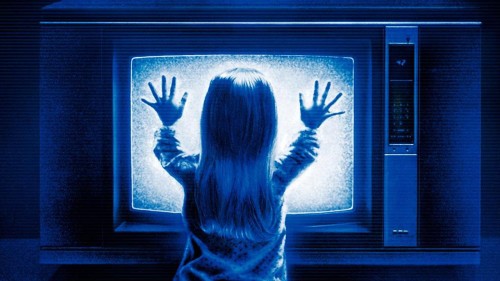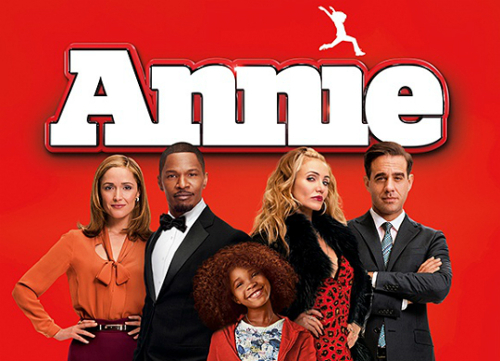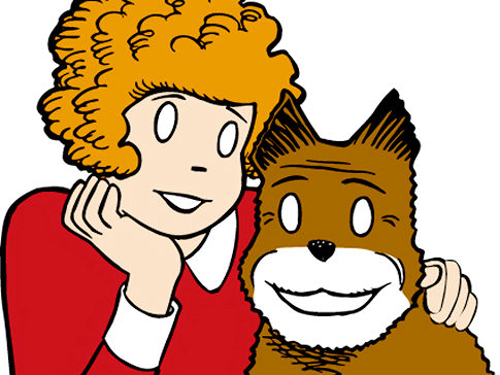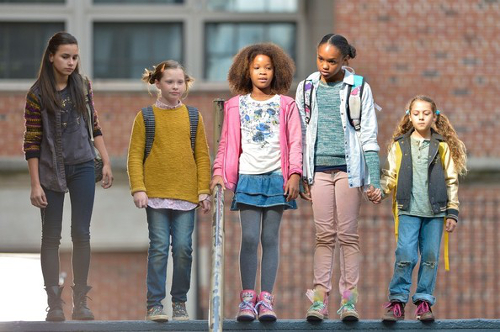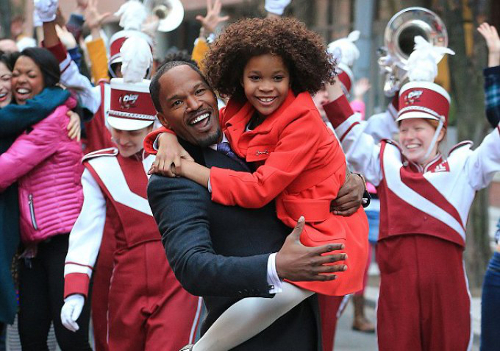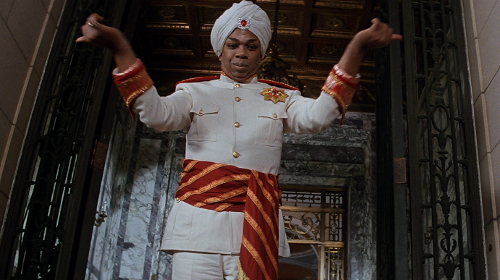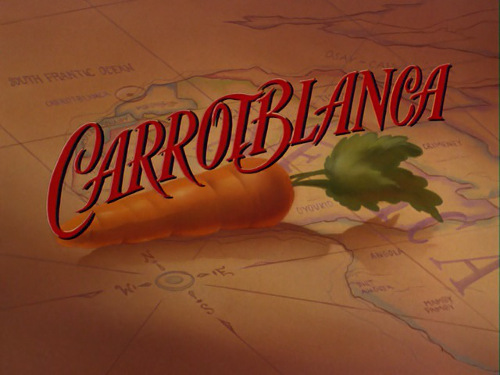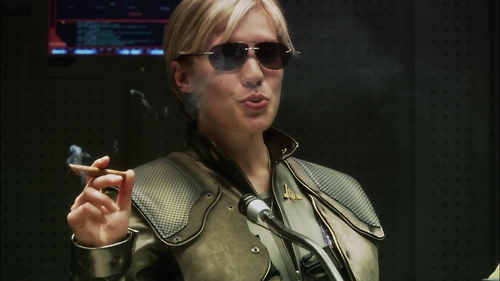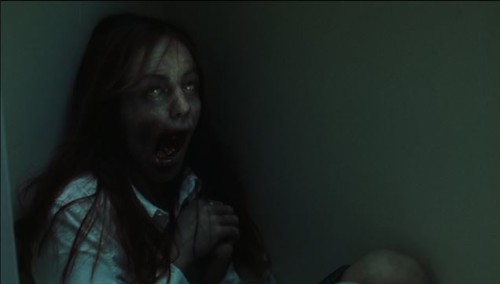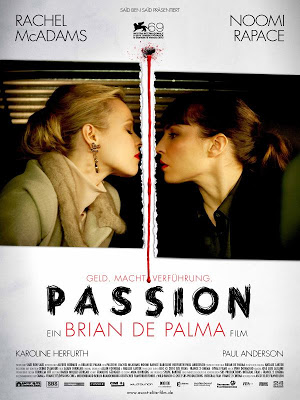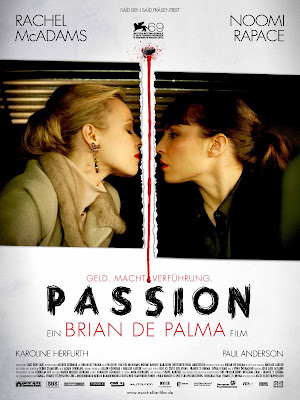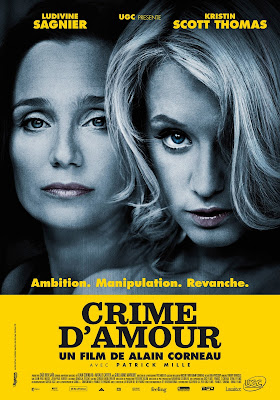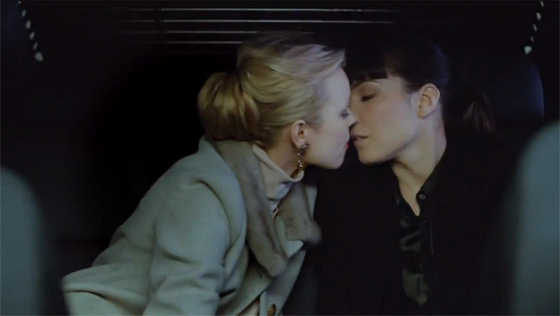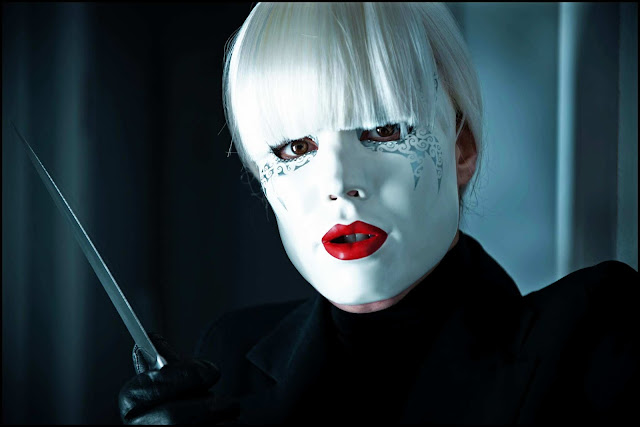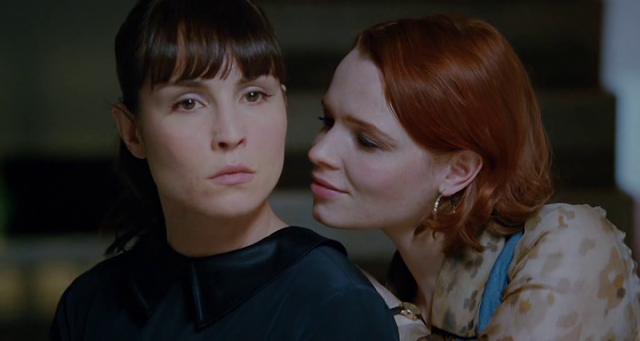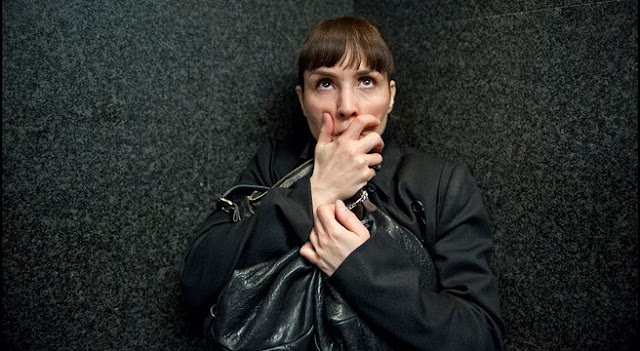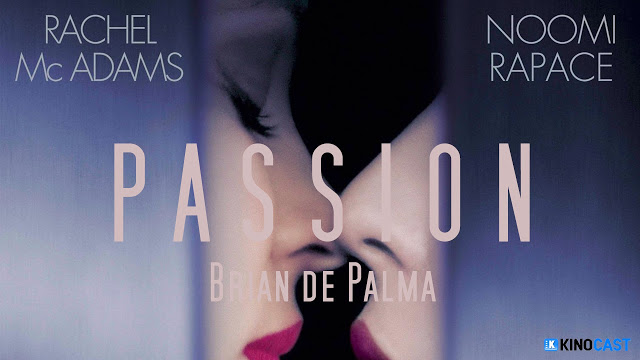This guest post by Natalie Wilson previously appeared at Skirt Collective and is cross-posted with permission.
The Poltergeist remake functions as an old-fashioned haunted house movie gussied up with new special effects, new technology, and a fair dose of contemporary references. For horror buffs, it’s a worthy scare-fest, but if you like political bite in your horror, give it a miss. At a slight 93 minutes, a lengthier run time would have allowed a heightened focus on the critical undercurrents which only serve as VERY subtle background in director Gil Kenan’s version.
The original 1982 film, co-produced and co-written by Steven Spielberg, was more directly political in its depiction of an “all American family,” the stultifying effects of suburbia, and the dangers of “burying” ugly historical realities. As this review notes, the original provided “a sly commentary on the tribulations of suburban life, colonialism, the ill-treatment of Native Americans, the break-down of the nuclear family unit, and the damaging excesses of capitalism and consumerism.”
Though the remake provides plenty of scare factor and makes excellent use of new technology (both at the level of cinematography and within the narrative itself with various nods to iPads, iPhones, drones, etc), it lacks the critical edge of the original.
In the remake, economics are the driving factor forcing the Bowen’s move to a new house. While this review argues the film “works well as a study of a squeezed middle-class American family struggling to survive in a punishing economic climate,” I didn’t find the film studied this climate so much as dropped references to foreclosures and the current economic downturn, all while having the Bowen family live in a house that exudes middle-class comfort, technological upgrades, and plentiful yard-space.
If this is “the least sucky house” the family can afford, they hardly hold up as economically deprived. In one scene, Eric, the father (played by Sam Rockwell) is depicted as painfully embarrassed that two of his credit cards are declined at the filmic equivalent of Home Depot. To assert his ability to purchase (a key part of new American manhood), he then goes on a shopping spree at the mall, bringing home an iPhone for his teen daughter, jewelry for his wife, and a drone “toy” for his son. The Bowens are thus far from economically oppressed – rather, their white middle-class lifestyle is not as easy as it once was. In fact, the street name of their new digs, “Paradise,” ironically points to the fact their economic hardship is pretty slight compared to many.
The original film, in contrast, focused not on economic hardship but on the stultifying effects of suburban life with a trailer that ominously intoned their new house “looks just like the one next to it, and the one next to that, and the one next to that.” Like other Spielberg films, ET, and, more recently, Super 8, Poltergeist revealed suburbia is not all it’s cracked up to be and that perhaps we would be better giving up the notion of the “all American family.” In one telling scene between the parents, the dad is holding the book Reagan: The Man, The President while the mom smokes pot and reminisces – a scene that Eye for Film argues represents “succumbing to middle-class conservatism.” While the original bucked such conservatism, the remake instead pines for its loss.
Admittedly, the remake depicts domesticity as similarly stultifying – especially via mom Amy, played by Rosemarie DeWitt , who is in a writing rut and berates herself for being a bad mother. Though DeWitt is compelling, her role does not live up to JoBeth Williams’ portrayal due to the film’s troubling return to “traditional family values.” While the original included reversals of gender norms, with the mom depicted as far more proactive and powerful than the father, and even had the mother venturing to the “Other Side” to save her daughter Carol Anne, the remake returns the power to the father and has the son, Griffin, be the “superboy” that ventures to the “Other Side” to save his sister. Sadly, the iconic swimming pool scene with the mother fending off an array of skeletons is absent – so too is the powerful and enigmatic medium Tangina Barrons (played by Zelda Rubinstein).
In her place we have Carrigan Burke (played by Jared Harris) — meaning the film takes the largely female-driven paranormal team from the original movie and centers it on a white male reality TV ghost-busting star who insists, macho-style, “I am the only one who can lead those souls into the light” (why didn’t the filmmakers take a page from the forthcoming female remake of Ghostbusters??). To add insult to feminist injury, Dr. Powell (played by Jane Adams) is Carrigan’s ex-wife who clearly longs to rekindle their romance and her job in academia is presented as a sadly lackluster in comparisons to Carrigan’s reality TV fame. Ugh.
Given the remake emphasizes closets as particularly dangerous, another lost opportunity is the chance to play up “being closeted” – why not, for example, have some character, any character, be “out,” and use this as a vehicle to extend the stultifying family norms the remake fails to fully explore? There is a great electric drill scene in the closet in the remake, but it would have been all the better if instead of typical hetero-dude Boyd, they coded the character Boyd as a gay “Boi” – just think of the closet jokes and shenanigans that could have ensued!
Further, given we have a new ending (I will avoid overt spoilers), why not emphasize cars and our reliance on oil as death trap? Why not play up our seeming cultural inability to escape the horror of suburbia and the lure of the shopping mall? Why jettison the original cemetery back-story instead of putting it to more political use? Indeed, it would have been more powerful to address the politics of race head on this time around – something the original (and its sequels) failed to do. Instead, Indigenous Peoples are put under erasure – yet again – with only a trite joke during a dinner party scene about “sacred burial grounds.”
The remake also jettisons any commentary on sexism. Whereas the original had the teen daughter rebuke street harassers, a rebellion that is tied to her mother’s similar subversive streak, the remake makes no reference to gendered harassment (except if you count the somewhat awkward exchange the dad has with the female employee of the quasi-Home Depot as his credit cards are turned down). Here, the film could have taken guidance from the recent It Follows, a film which similarly harks back to old-school horror while offering a condemnation of rape culture. To its credit, the film’s shift towards young Griffin as the savior is well-done, especially via its emphasis that it is normal for boys as well as girls to be nervous, scared, emotional, and in need of reassurance. Notably the dad emphasizes the normality of this, admitting he too is scared, and, in so doing, denies the gendering of fear/emotion. Indeed, Sam Rockwell is great in the role – wish that he could have been paired with a mom more akin to the feisty one from the original!
While the original holds its own as a classic fright-fest, even being deemed “one of the scariest horror movies ever made,” the remake has plenty of good scares but lacks political punch (as do MOST horror films, admittedly). While the remake offers a more immersive view of the “Other Side,” making very good use of 3D to evoke threatening fleshy corpses as far as the eye can see, it fails to unearth what lies beneath our “sucky houses” in suburban “paradise.”
A trailer for the original film intoned “Poltergeist. It knows what scares you” – sadly, the remakes knows this too, but only on a visual level – the deeply buried socio-political realities that provide potency to horror are as absent as that infamous corpse-filled swimming pool…
Natalie Wilson teaches women’s studies and literature at California State University, San Marcos. She is the author of Seduced by Twilight and blogs for Ms., Girl with Pen and Bitch Flicks.
